12 Bantu Knots Hairstyles to Showcase Your Natural Beauty
Bantu knots are a bold and versatile way to showcase your natural hair, perfect for embracing your curls with flair. Whether classic or creative, these styles can be dressed up or down for any occasion. Ready to explore this trendy yet timeless hairstyle? Here are 12 stunning Bantu knot looks to highlight your natural beauty. Let's plunge in!
Classic Bantu Knots
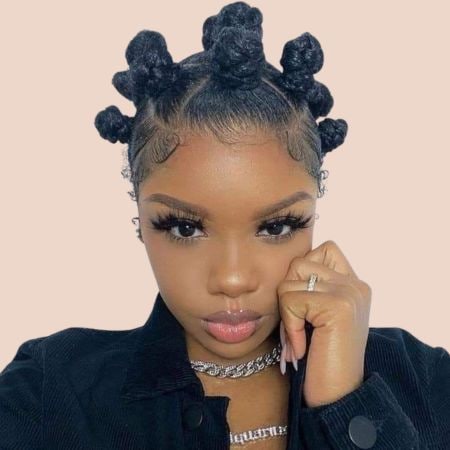
Source: Pinterest
The classic Bantu knot style is a timeless look, featuring small, coiled buns evenly spaced across the scalp for a neat yet bold appearance. Ideal for those who appreciate the iconic style's clean definition, it also enhances natural hair texture, providing both definition and volume.
Bantu Knots with Braids
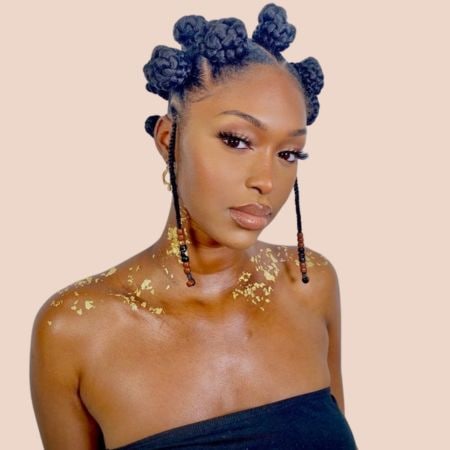
Source: Pinterest
Elevate your Bantu knots by incorporating braids! This look merges the sophistication of knots with the flair of braids. Add cornrows leading to the knots for extra style, or braid small sections before twisting. This blend of bold styles is sure to turn heads.
Bantu Knots with Locs
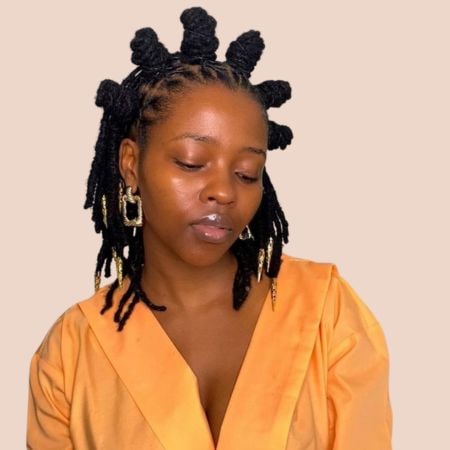
Source: Pinterest
Bantu knots are a great way for loc lovers to enhance the personality of their natural hair. Twist your locs into neat buns for a unique texture and shape. Whether you choose a few knots or a full head, Bantu knots effortlessly highlight your beautiful locks.
Bantu Knots on Short Hair

Source: Pinterest
Short hair? No problem! Bantu knots are versatile and look great on shorter styles like pixie cuts or bobs. Using smaller sections, you can craft an intricate yet playful look, perfect for making a bold statement without the fuss of longer hair.
Bantu Knots Half Up, Half Down
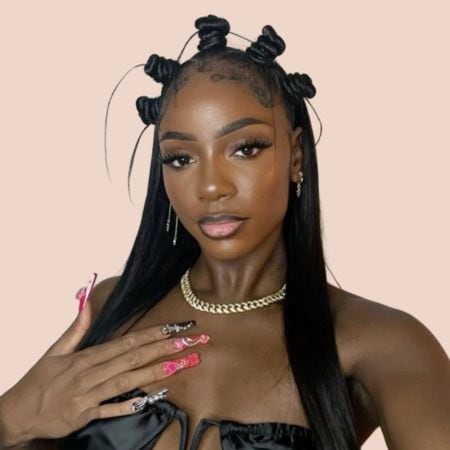
Source: Pinterest
Want the best of both worlds? A half-up, half-down Bantu knot style showcases the beauty of knots on top while allowing your natural hair to flow freely below. This playful and youthful look is perfect for any occasion, whether casual or dressed up for a night out.
Bantu Knots with a Ponytail
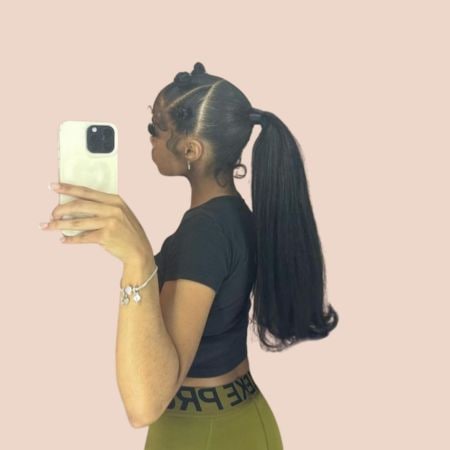
Source: Pinterest
Combine two popular styles by pairing Bantu knots with a sleek ponytail for a fun yet elegant hairstyle. Opt for a high ponytail for a bold look or a low ponytail for a refined touch. In either case, the knots add creativity and dimension to your overall appearance.
Bantu Knots with Curls

Source: Pinterest
Enhance your Bantu knots with curls for added volume and texture. This style gives a playful, bouncy feel while showcasing natural curls beautifully—perfect for those who want to celebrate their vibrant curls.
Big Bantu Knots
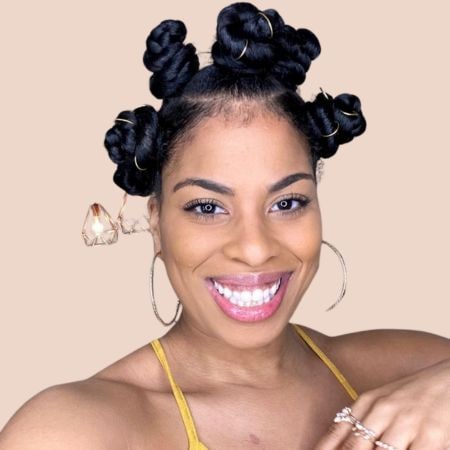
Source: Pinterest
Looking for a bold, statement-making look? Big Bantu knots are the way to go. These oversized knots bring drama to your hairstyle and create a striking silhouette. Pair them with a bold lip or edgy makeup for an unforgettable appearance!
Tiny Bantu Knots
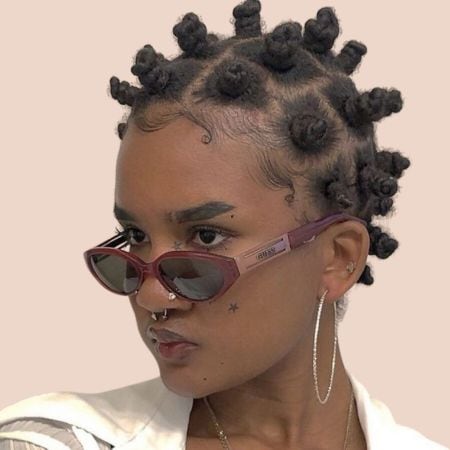
Source: Pinterest
Tiny Bantu knots are subtle, detailed, and chic, ideal for those seeking a delicate and intricate appearance. They provide a softer, more elegant take on the style while still celebrating its beauty.
Heart-Parted Bantu Knots
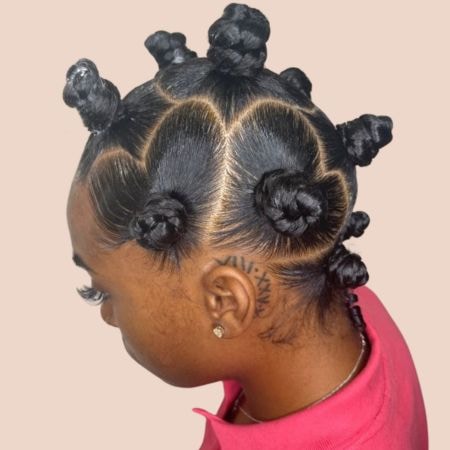
Source: Pinterest
Display your individuality with heart-parted Bantu knots. This imaginative style features hair sectioned into a heart shape before knotting, offering a romantic and playful look. It's distinctive, fun, and brimming with personality—just like you!
Bantu Knots with Bangs
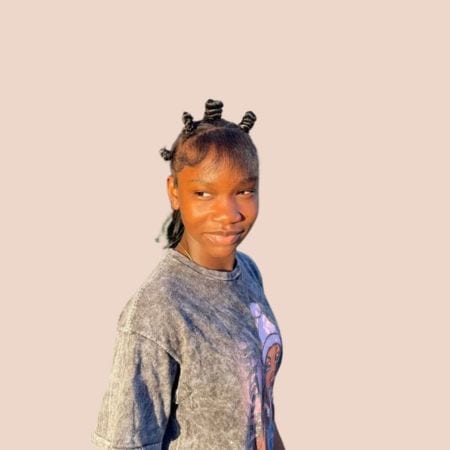
Source: Pinterest
Bantu knots paired with bangs give your look a playful, youthful flair. The voluminous knots form a textured crown, while the bangs frame your face, adding personality for an effortlessly chic, fashion-forward style.
Bantu Knots Mohawk
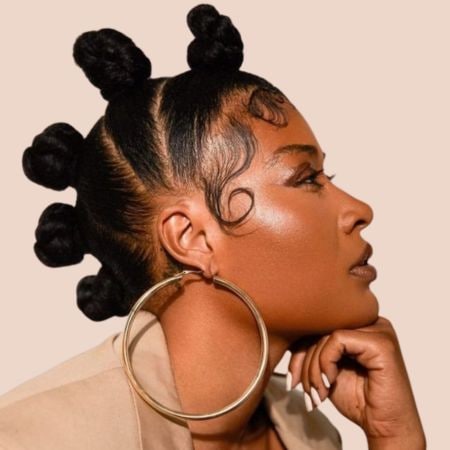
Source: Pinterest
For a striking, edgy hairstyle, the Bantu knot mohawk is a true standout. This bold look exudes confidence—shave or braid the sides and style the top with eye-catching Bantu knots to achieve a mohawk effect.
Conclusion
Bantu knots are an excellent way to showcase your natural beauty while exploring various textures, shapes, and sizes. Whether you opt for a classic look or a bold mohawk, these 12 Bantu knot styles will enhance your hair game and boost your confidence. Which style will you try first? Check the Bantu knots tutorial if needed.
